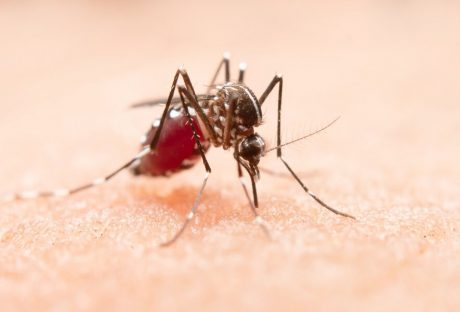Most Americans agree that healthcare is important. Deciding who pays for quality healthcare is where disagreement begins. That part isn’t surprising. What many people fail to realize, is how unfounded disagreement can translate into unfair outcomes. Fortunately, Dylan Scott at Vox visualized the state of American healthcare in five sobering charts. His revelations were based on data published by the US Census Bureau in 2016, but that doesn’t make them any less compelling. According to Scott, everything from geopolitics and age to racial or ethnic heritage and even employment status can have a huge impact on healthcare. In other words, countless citizens live somewhere that doesn’t necessarily prioritize public access to affordable healthcare, and they don’t even realize it.
The problems appear too complex to outsiders. That alone prevents the grand majority of them from trying to address things. Nevertheless, those individuals devoted to understanding the issues point to only a few key variables. For instance, Olga Khazan at The Atlantic highlighted three main reasons why our healthcare system is the worst amongst developed countries. Inadequate healthcare insurance coverage is the first obstacle, and with more than 27 million uninsured Americans, it’s no joking matter. Administrative inefficiency is another serious impediment, but it’s also unsurprising given the profit incentive. Everyone wants a piece of the proverbial pie. The final culprit is our primary care services, which are fragmented and disorganized to the point of sometimes inhibiting patient treatment.
Conscientious writers like Olga aren’t the only ones publicizing the dismal state of affairs. Scholars from the foremost universities have begun to express similar sentiments when it comes to the healthcare system. Karen Feldscher at The Harvard Gazette promoted a joint study orchestrated by Harvard and the London School of Economics. According to the research, which was published in the Journal of the American Medical Association (JAMA), “The US has substantially higher spending, worse population health outcomes, and worse access to care than other wealthy countries.” The authoring researchers pinpointed administrative costs, prescription pharmaceuticals, and average annual salaries as the primary drivers of rampant healthcare prices.
Comparing our healthcare system to those instituted abroad rarely makes sense. While the federal government vows to protect minors and has safety nets for the elderly, the status quo can quickly betray either group, depending on the nature of the scenario. Our elders are especially susceptible to disastrous possibilities without sufficient care. Many of the educated ones rely on specialized groups like Easy Medicare to investigate insurance eligibility and coverage details. The process isn’t nearly as intuitive when your health is already in decline, which is precisely why professional groups and services exist. It’s fair to say that without such support, still more people might fall by the wayside.
Universal healthcare is likely to become increasingly popular if the described trends continue unabated. The healthcare outcomes are unsustainable and they seem to reflect the income inequalities and other disparities that plague America. The best that some of us can do, for the time being, is choose wisely between residing in a red or a blue state. Nisarg Patel at Slate emphasized as much just last year. According to him, “The battleground over healthcare has moved out of the national sphere and into state politics.” While the idea of moving for the sake of healthcare and medical attention might sound foreign to some individuals, numerous Americans have firsthand experience.
Suffice it to say that the national healthcare system is not in an ideal condition. Debating the subject and advocating for better policies are both meaningful steps. It is our collective duty to demand appropriate healthcare for each and every person, regardless of circumstance or socioeconomic standing. Anything less ought to be considered a tragic betrayal.
Read Also:






















